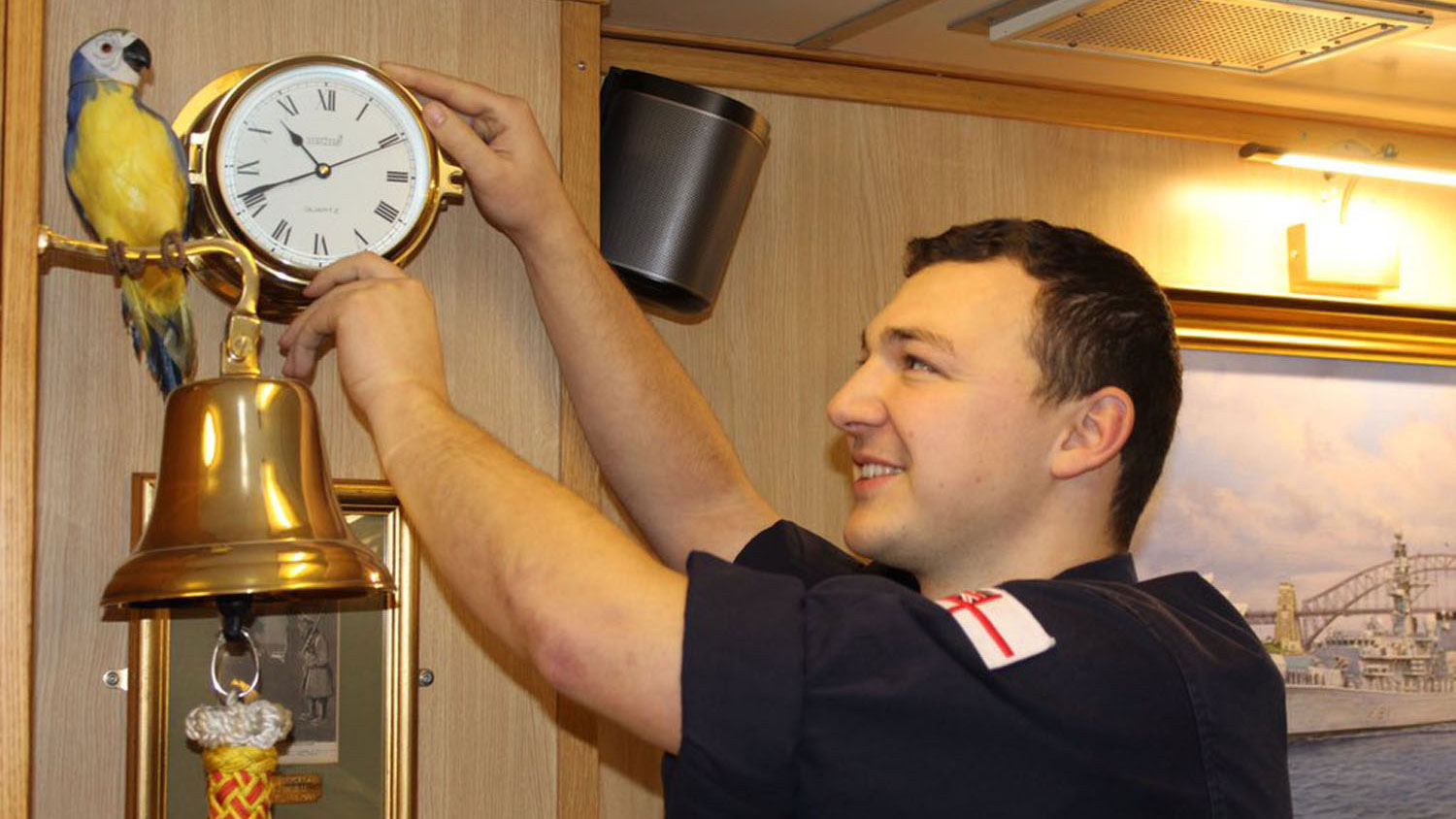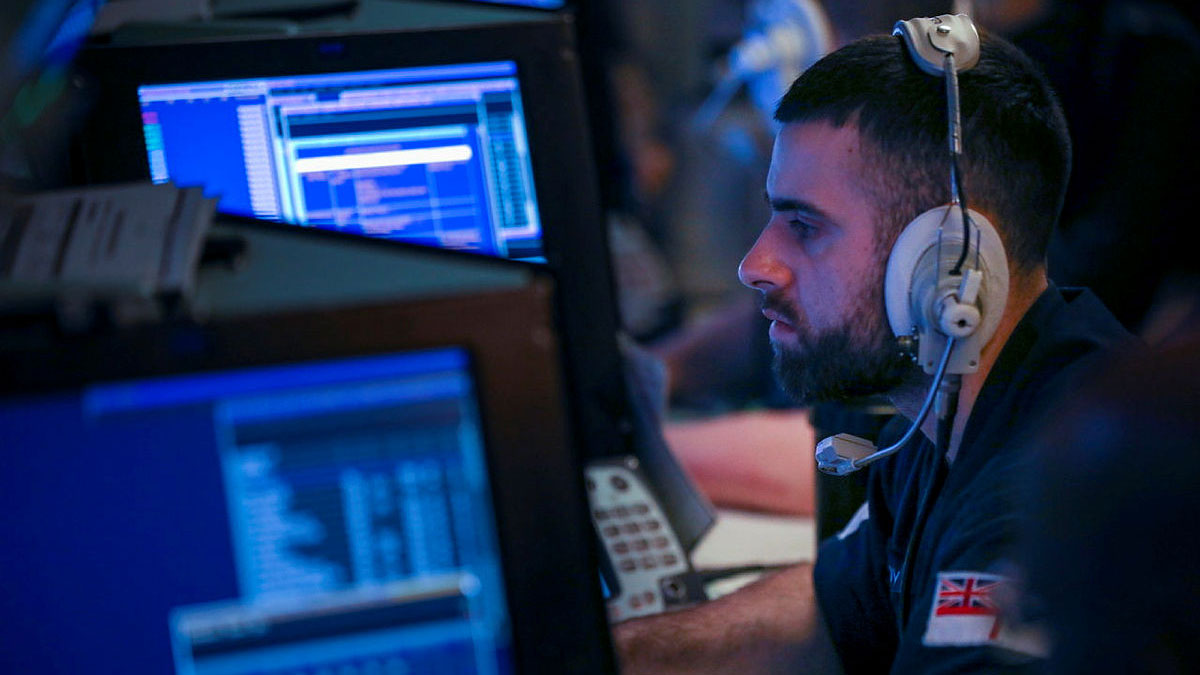
How the Royal Navy and its personnel navigate different time zones

Every spring and autumn when the clocks change, if appliances such as microwaves don't automatically update, many people find themselves forgetting to change the time.
Spare a thought then for Royal Navy ships, which must change their analogue clocks – there can be dozens – when they pass into a new time zone.
However, it doesn't automatically happen at the exact moment of crossing into a different time zone, instead, a convenient time is chosen so the ship's watchkeeping routine is not disturbed.
If the ship is only spending a short time in a different time zone and is not planning to port, she may choose not to make the change.
But why change them at all?
There is a practical side to changing the clocks on ships in each new time zone.
It would be a bit disorienting if, while sailing the Indian Ocean near Australia, your watch said 7am but you're about to have dinner, or your body clock thinks it's midday but it's pitch-black outside.

There is one thing that never changes, though.
On board a Royal Navy ship, all correspondence, such as emails, signals and external orders, will be in Zulu or Z time – a standard used to avoid confusion between time zones.
If you receive an order from a senior ship or headquarters, it will be given in Z so that, wherever you are in the world, you can communicate with colleagues in the same time period.
For example, for 11am you would say 1100Z, pronounced 'eleven hundred Zulu'.

Zulu Time – officially known as either Greenwich Mean Time (GMT) or Coordinated Universal Time – was established in 1967 by the International Radio Consultative Committee to create a standard time to be used around the world.
GMT – the average time, based on the position of the sun in the sky at the Royal Observatory in Greenwich, London, and the time zone the United Kingdom uses during the winter – was established during the 15th century to assist in naval navigation.
The Meridian Line, also known as the Zero Meridian, is a point in Greenwich that has been internationally recognised as Longitude Zero – marking the point from which all other longitudes are measured – which plays a vital role in deciding global time zones.
Known for their use of the phonetic alphabet, the Armed Forces started referring to Zero Meridian as Zulu, the word used to clearly communicate the letter Z.
This led to the creation of Zulu Time and why there will always be a Zulu clock in the key spaces on ships such as the bridge and operations room.
Some ships can have dozens of analogue clocks in various locations – quite the undertaking if it was the responsibility of one person to change them every time they sailed into a new time zone.
Luckily, that is not the case.
It is the job of the on-watch personnel in each area, such as the Bridge Watchkeepers for the bridge, to update the clocks in their respective areas.

Meanwhile, UK aircraft carrier HMS Prince of Wales was fitted with the first atomic clock of its kind in 2022.
The laptop-sized quantum kit provides a more precise time signal than regular GPS systems, allowing for better synchronisation with onboard systems.
Because accurate time signals are crucial for operational success at sea, the trial on HMS Prince of Wales was to discover how useful quantum technology could be for the Royal Navy when GPS systems break or are unavailable.









